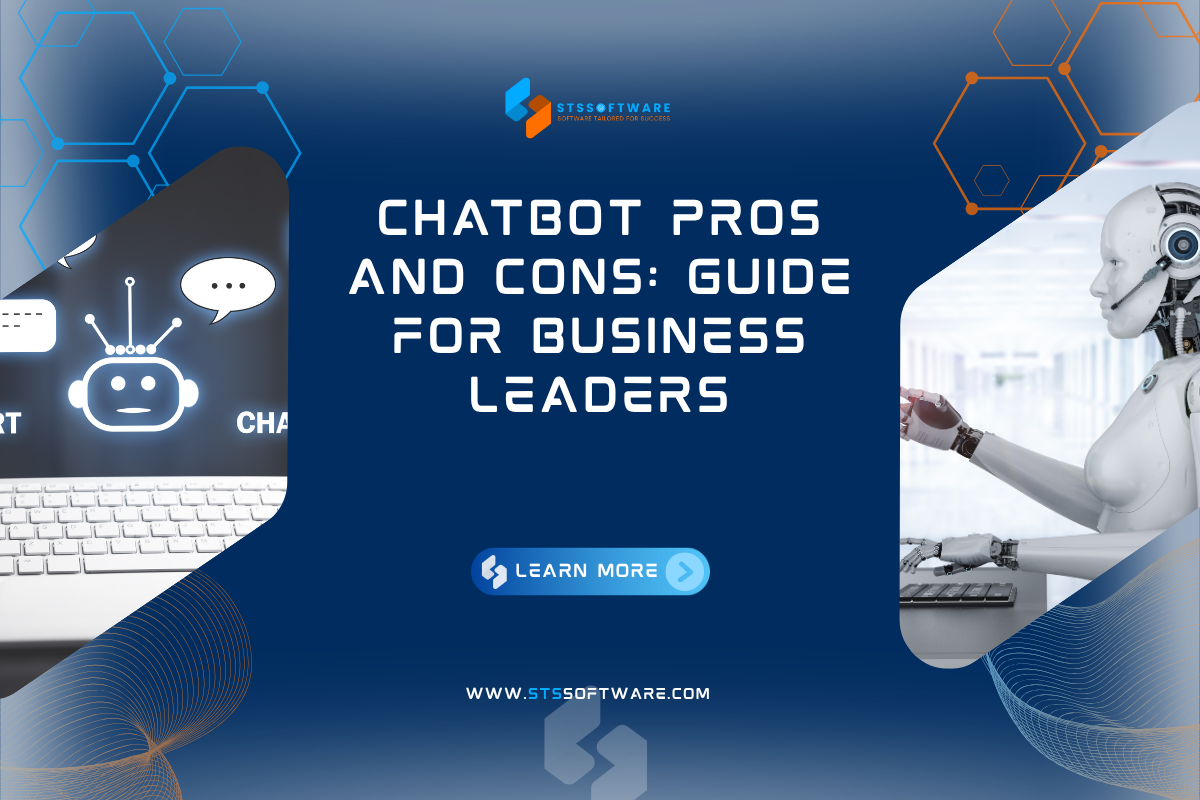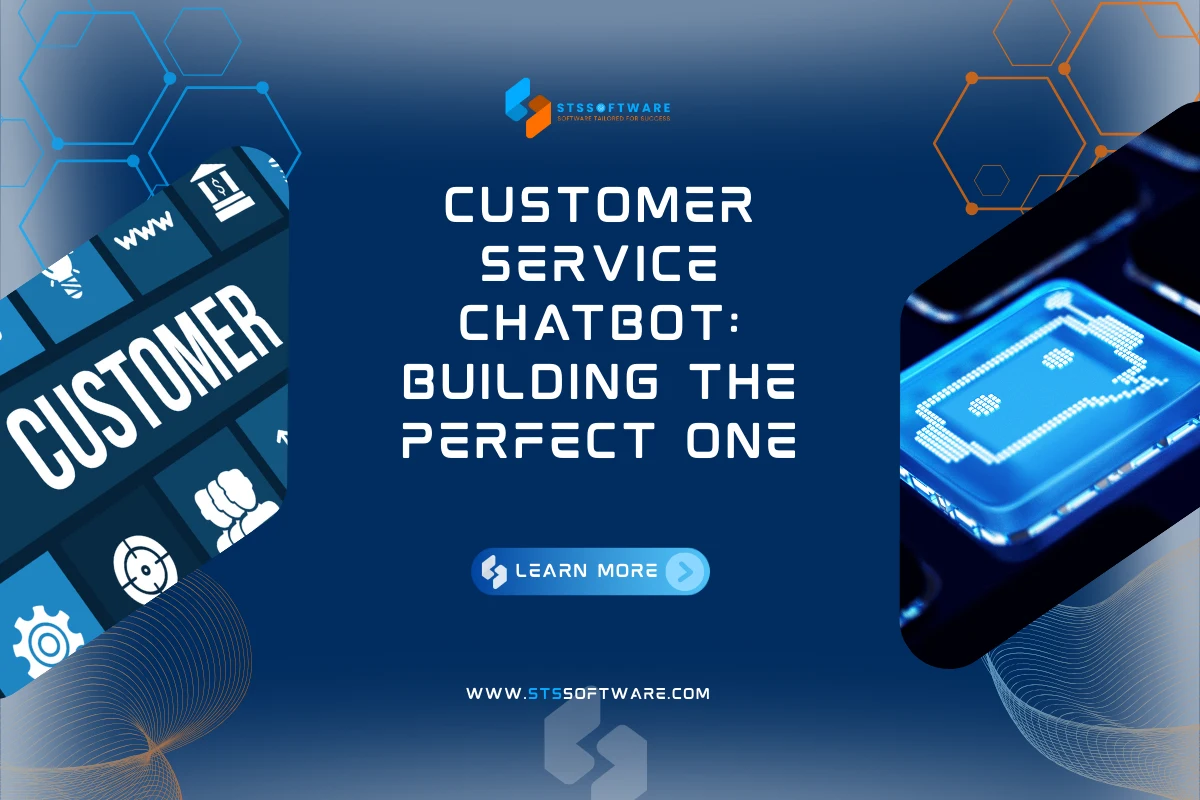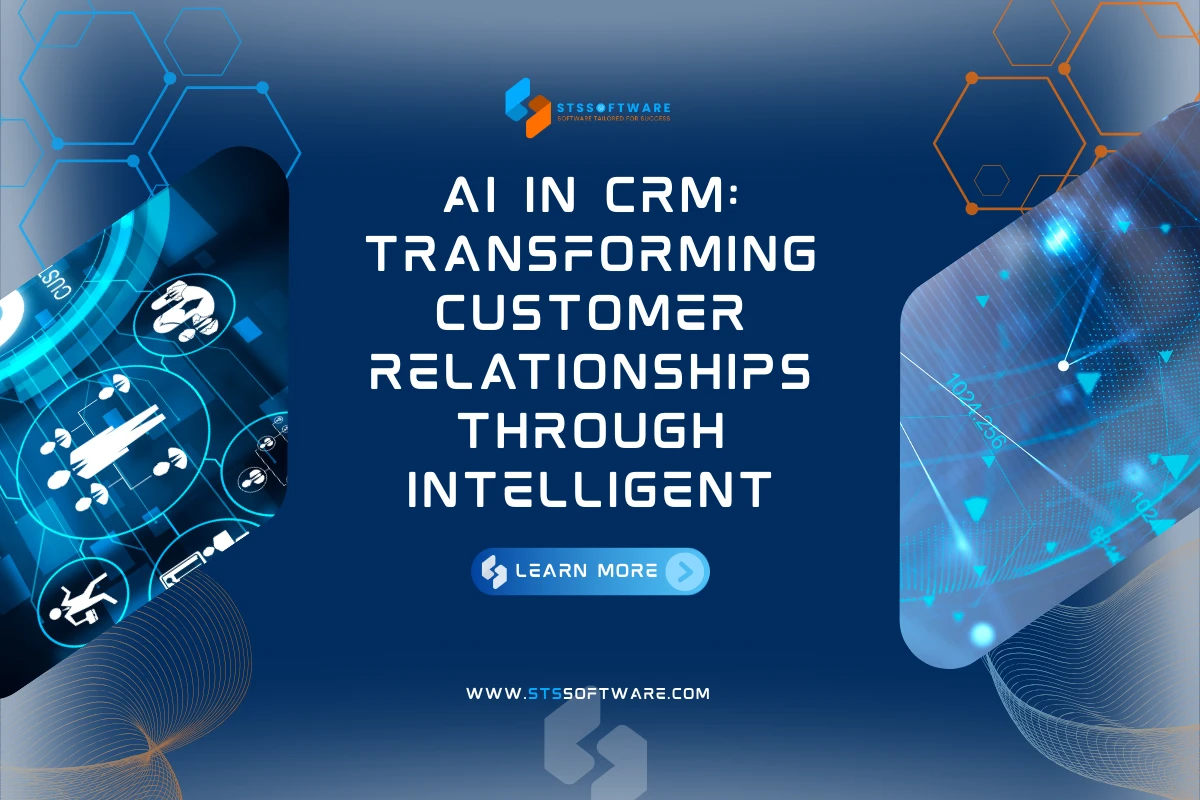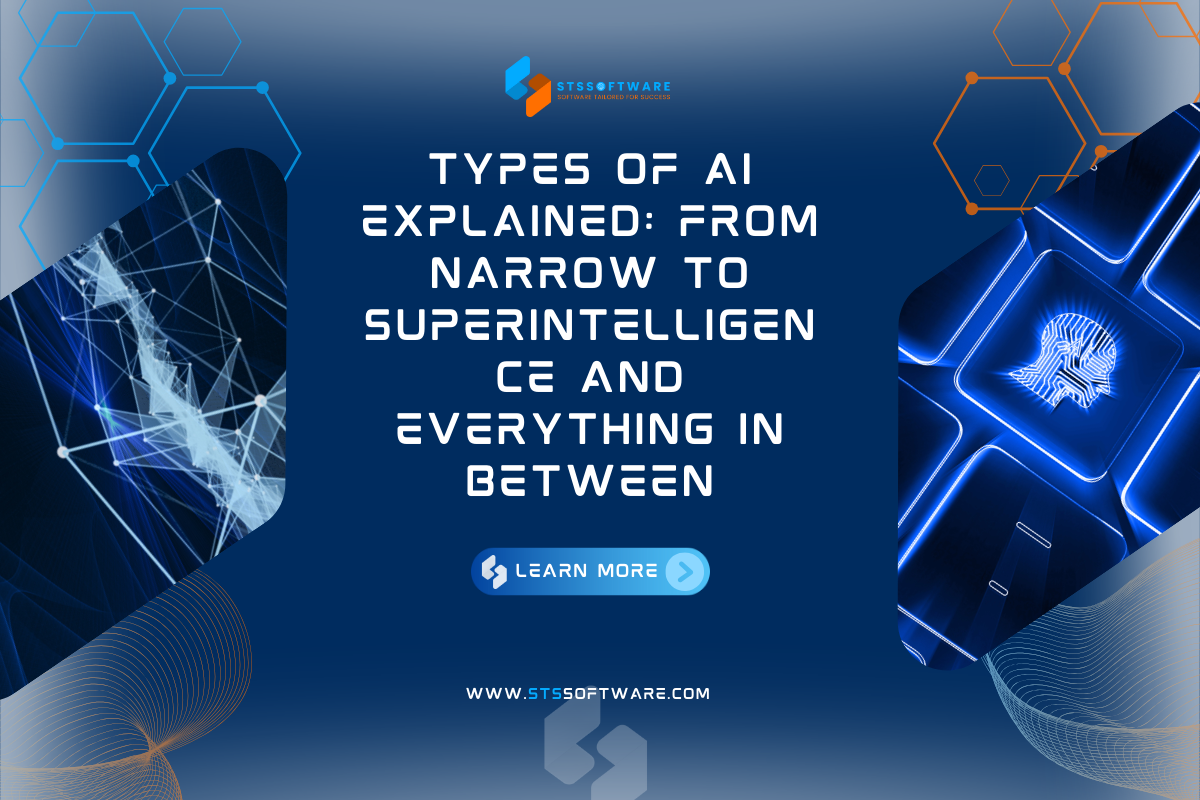As digital change accelerates, businesses are turning to chatbots for support, service, and process improvements. Deploying a chatbot is easy. It’s more difficult to evaluate both pros and cons of the system. Knowledge on chatbot pros and cons is, therefore, very relevant in order to help a business make an appropriate decision, not to waste resources, and to be assured of longer sustainability. The following guide therefore offers insights into “chatbot pros and cons” with STS Software to hopefully equip the reader with a much larger understanding before deploying this solution into a business setting.
Understanding Modern Chatbots: Types and Technologies
Any type of chatbot available today will, therefore, be apt to consider when evaluating chatbots pros and cons, further emphasizing the importance of chatbots types and technologies. Chatbots can be roughly classified into three types, rule-based chatbots, AI chatbots, and hybrid chatbots, each having its respective operations and applications.
- The rule-based chatbot relies on preprogrammed scenarios, responding strictly within a set range of defined questions and answers. They suit industries dealing with simple or repetitive questions such as checking orders, hours of operation, or registration processes. Pros: Easy to set up, low-cost; cons: A major con that is always cited in the list of chatbots pros and cons is chatbots often struggle with natural language and fail to respond to unexpected or unscripted situations.
- The AI chatbots, utilizing NLP and machine learning technology, interprets user intent, learns upon every turn of conversation, and improves with experience. According to IBM, AI-powered chatbots enable companies to save approximately 30% in customer support costs from the automation of complex requests (Source: IBM).
- Hybrid chatbots combine the flexibility of AI and the stability of rule-based layers, and with this combination, they allow businesses to effectively find the best balance between experience and control. These are quite popular today, especially in customer care and finance where personalization and consistency are highly appreciated.
- Thus, with a clear understanding of each type of chatbot and the technology behind it, it should then be easier for businesses to weigh the pros and cons of chatbots for making the right choice to suit their actual needs.
Key Advantages of Implementing Chatbots for Business
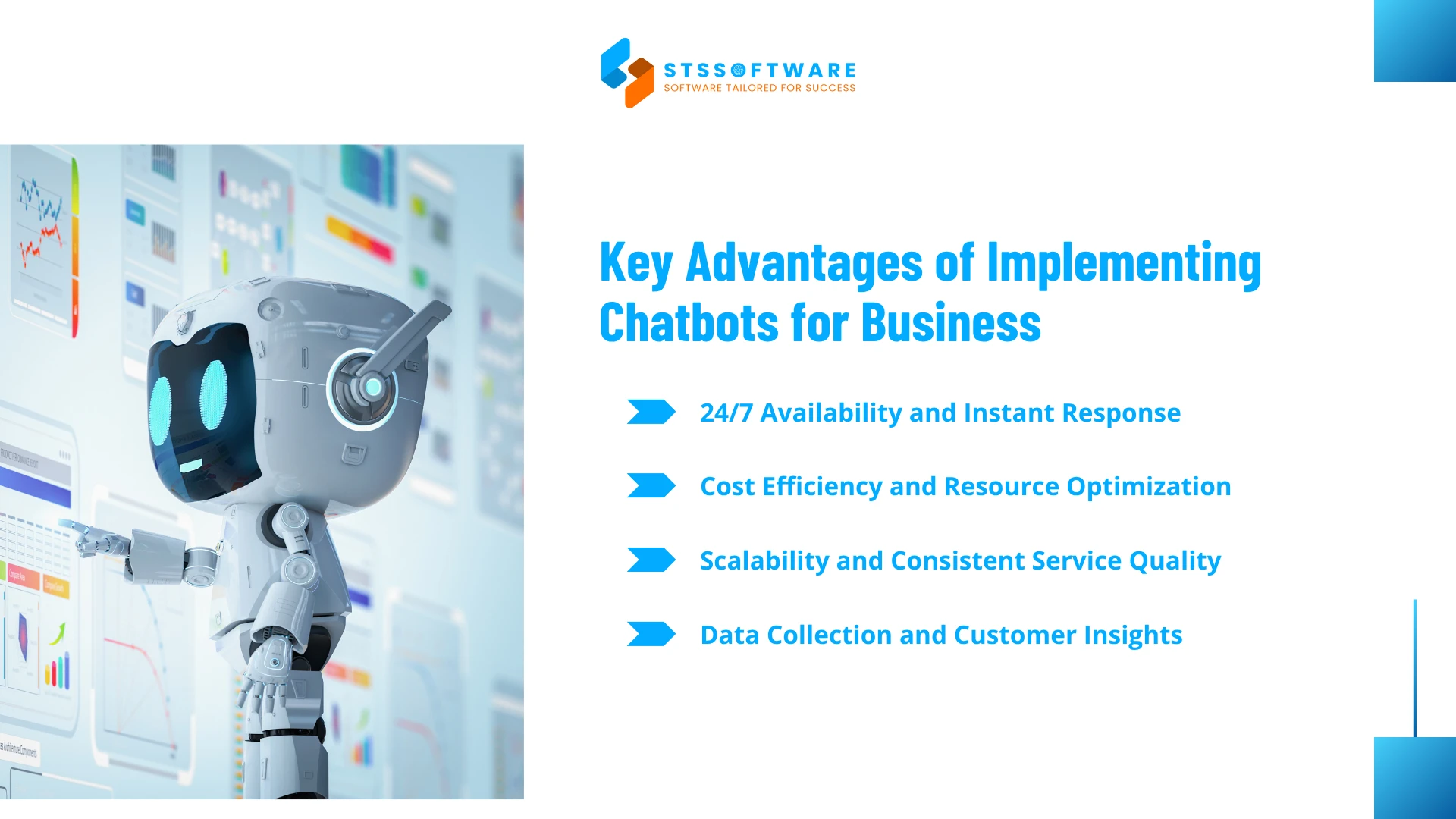
In the digital age, the application of chatbots is becoming the optimal solution for many businesses thanks to the series of benefits of AI chatbots. Chatbots still have advantages and disadvantages. But with proper use, they boost performance, cut costs, and enhance customer experience.
24/7 Availability and Instant Response
One of the most obvious pros and cons of chatbots is the ability to work continuously, without being interrupted by time or request volume. Thanks to 24/7 operation, chatbots can answer customer questions anytime, anywhere without waiting. For example, KLM’s chatbot handles over 16,000 messages weekly from global customers.
It ensures fast response times (Source: KLM Royal Dutch Airlines).
Cost Efficiency and Resource Optimization
An advantage and disadvantage of chatbots is often compared to the ability to reduce operating costs but sometimes limited in complex emotional situations.
This means that in the economic field, chatbots save human resources costs. Juniper Research reports that chatbots save $8 billion yearly. They do this by reducing manual workload.
Scalability and Consistent Service Quality
The cost of automation can pile up; however, it may be inferred that one needs thousands of conversations to be taken at once without variation in quality. For example, e-commerce sites may integrate chatbots to help with peak seasons, without staffing up.
Data Collection and Customer Insights
The capacity to analyze user data is another example of the pros and cons of AI chatbots. Chatbots can track behaviors, frequently asked questions, response times. They use this data to improve products and services. Among the most important conveniences offered by AI chatbots are more accurate business decision-making.
Potential Drawbacks and Limitations of Chatbots
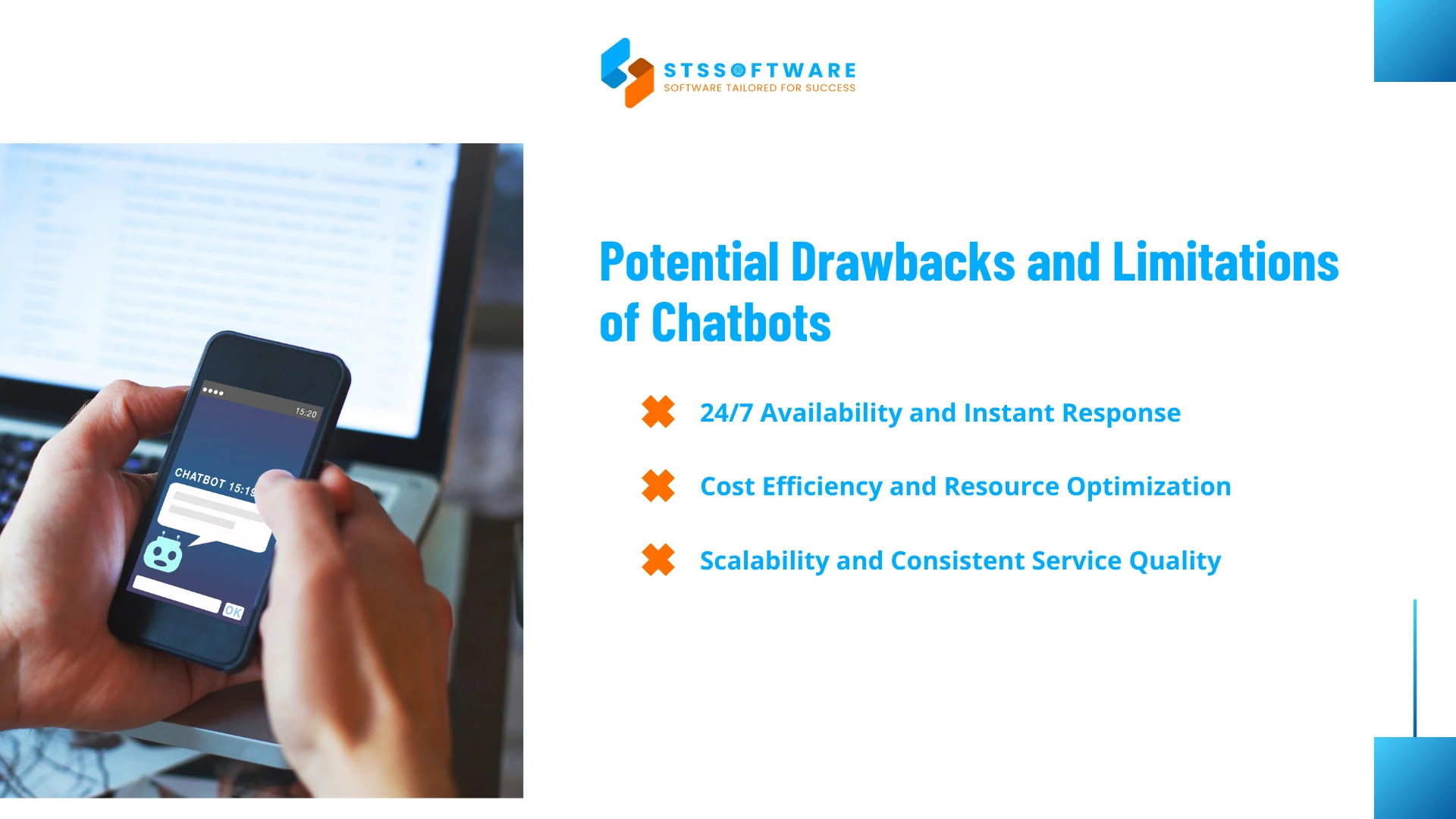
Despite benefits, chatbots have downsides. Businesses must consider these before making an implementation plan. Here are a few negatives of chatbots:
Limited Understanding and Contextual Awareness
Chatbots struggle to understand natural language, which is one of their biggest limitations. Most chatbots are unable to accommodate emotionally toned, ambiguous, or complex requests. For instance, a customer may use slang to ask some undefined question. The chatbot may end up giving an incorrect or inappropriate response. Users then find such experiences dissatisfying.
Risk of Impersonal Customer Experience
Another disadvantage of chatbots that it fails to create empathy between and understand emotional states of users. As a result, an impersonal experience is created for communication, especially under sensitive topics such as complaints or emergency assistance. An article from The Guardian cites this rather high statistic: “78 percent of UK consumers get quite frustrated by these ‘automated systems’ when contacting customer services, with an average of about 41 minutes weekly”.
Implementation and Maintenance Challenges
Additional chatbot disadvantages that can be mentioned when learning about the pros and cons of chatbots is chatbot deployment requires a lot of time and resources. Challenges like the integration with already existing systems, ensuring protection of sensitive data, and making sure of a steady performance all fall under this category. If not managed well, chatbots may cause frustration instead of offering helpful support. Many organizations really struggle to understand the actual value that chatbots bring to their business and end up measuring efficiency of implementation well below expectations.
Balancing Human and Automated Interactions: Best Practices
Many businesses use chatbots but find it difficult to maintain the human element in the interaction. To optimize efficiency, chatbots and human resources need to be properly combined before deployment.
Effective Ways to Combine Automated Systems with Human Support
As businesses increasingly adopt AI chatbots to optimize customer service. They must balance automation and human interaction. Chatbots handle simple tasks; humans handle complex or emotional cases. Here are some methods to help businesses maximize chatbots pros and cons effectively:
- Define roles clearly: Use chatbots to handle simple requests, while human agents focus on complex and empathetic issues. This improves resource efficiency and creates a better experience for customers.
- Provide transition options: Always ensure customers can easily transition from chatbots to human agents when needed. This is a reduction of frustration and maximizes customer satisfaction.
- Continuous training and updates: Chatbots require frequent updates and training to stay effective and relevant. This improves their context understanding and response quality with a minimum advantage and disadvantage of chatbots.
Practical Application: Lessons from Large Enterprises
Some large enterprises have effectively combined chatbots and humans to promote strengths and overcome limitations:
For example, Emirates Airlines uses chatbots for ticket booking, itinerary finding, and frequently asked questions. For complex tasks like medical refunds, automation has limits. After three failed steps, a human takes over. This is a clear demonstration of the advantages and disadvantages of chatbots. Chatbots are fast and repetitive and agents handle emotional and detailed issues.
Another example comes from Juniper Research. the use of chatbots in banking is expected to save banks up to $7.3 billion in operating costs globally by 2023, up from $209 million in 2019. The report also estimates that chatbots will save banks 862 million working hours by 2023, equivalent to nearly half a million working years (Source: Juniper Research). However, they also found that when customers asked about variable interest rates for home loans – an issue that required personalized financial advice – the chatbot often failed to provide the right solution. As a result, OCBC built an internal alert system to let staff take over at the right time, balancing speed and empathy.
Future Trends: How AI Is Improving Chatbot Capabilities
In the next 3–5 years, AI will continue to improve the current shortcomings of chatbots, especially in terms of natural language understanding and deeper personalization.
For example, Large Language Models (LLMs) technology such as ChatGPT-4 or Claude are being tested by e-commerce platforms such as Shopify and Zalando to integrate into chatbots to capture emotions and purchasing behaviors in real time, thereby suggesting suitable products according to each stage of the customer journey (Source: McKinsey, 2023).
In addition, modern AI chatbots are being “implanted” with the ability to analyze voice and facial expressions in omni-channel environments, especially in the retail and healthcare industries, to bring more human interactions.
That said, if leveraged correctly, the benefits of AI chatbots in the future will far exceed what businesses are currently experiencing – but still require a subtle combination with the human element to ensure sustainable effectiveness.
Why Choose STS Software as Your Partner for Chatbot Development?
In the context of businesses increasingly interested in deploying chatbots, understanding chatbot pros and cons is a prerequisite for making the right technology choice. STS Software is a trusted AI development partner that helps you not only grasp the advantages and disadvantages of chatbots, but also effectively apply them to your business model. Here are the reasons why you should choose STS Software today:
- Deep expertise in AI chatbots: STS Software has deep experience in AI chatbots. It has deployed solutions across various industries. This helps businesses understand and optimize chatbot pros and cons.
- Custom development according to specific requirements: STS Software chatbots are not built from fixed templates. They are custom-designed for each business’s goals and customer journey.
- Full package from A-Z: STS Software offers full services, from strategy to maintenance. This helps businesses manage chatbot advantages and disadvantages effectively.
- Commitment to long-term support and continuous improvement: STS Software provides more than just products. It maintains long-term support and upgrades chatbots based on trends and user feedback.
- Customer-centric thinking: STS Software focuses on end-user experience. Its solutions are efficient, friendly, and adaptable in chatbot interaction.
Final Thoughts: Choosing the Best Fit for Your Business Goals
The application of chatbots in business today brings many obvious benefits but also comes with many challenges. Considering AI chatbot pros and cons? You must assess your business needs clearly. Do you need help with FAQs, sales, or customer care? Does the current system have enough data and technical foundation to effectively integrate AI?
The dual understanding of chatbot pros and cons functionally will keep the business away from unrealistic expectations but exploit the technology to gain operational efficiencies.
Finally, working with experts like STS Software helps find the right chatbot solution. We also ensure effective deployment and ongoing optimization, that brings lasting value to your business.



